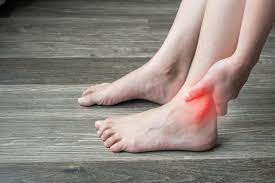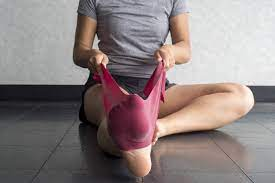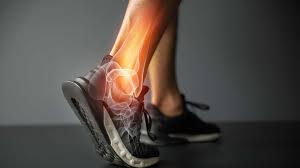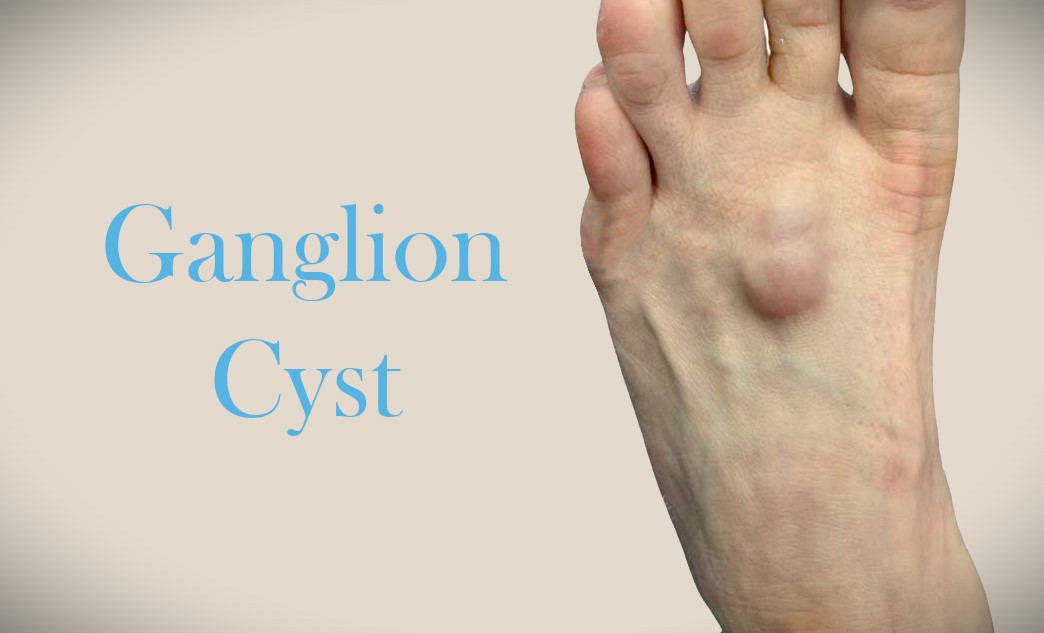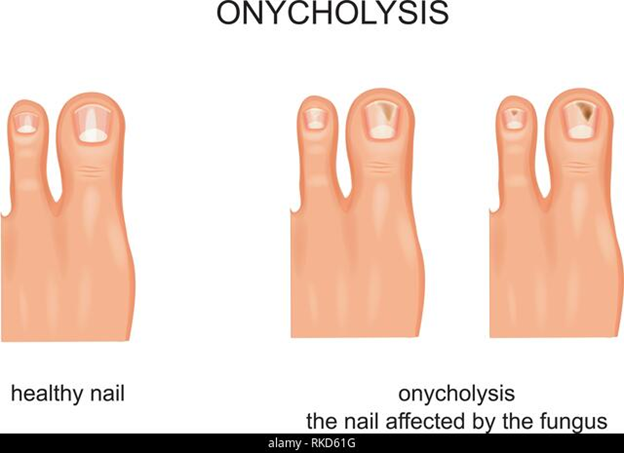Ankle Instability: Unraveling the Wobbly Foundation of Mobility
Ankle instability is a condition characterised by a persistent sense of wobbliness or giving way of the ankle joint, affecting countless individuals worldwide.
A seemingly innocuous ankle sprain that may have been shrugged off in the past can, for some, lead to chronic instability, profoundly impacting their ability to walk, run, and engage in daily activities without apprehension.
As one of the most prevalent musculoskeletal concerns, comprehending the underlying causes and exploring effective treatment options for ankle instability is of paramount importance in restoring stability and reclaiming a life unhindered by instability-related anxieties.
In this article, we’ll talk about the intricate interplay of factors contributing to ankle instability. From the initial injury that sets the stage to the subsequent anatomical changes and functional deficits, we embark on a journey to understand the root causes that tip the balance of ankle stability.
What are the common causes of weak and unstable ankles?
Common causes of weak and unstable ankles can include previous ankle sprains or injuries that haven’t fully healed, as well as weak or imbalanced leg muscles, loose ligaments, anatomical factors like very high foot arches, chronic ankle instability, or poor proprioception.
These factors can contribute to decreased stability and support around the ankle joint, making it more susceptible to rolling or giving way.
How can weak and unstable ankles affect a person’s mobility and quality of life?
Weak and unstable ankles can have a significant impact on a person’s mobility and quality of life.
They can make simple tasks like walking or climbing stairs challenging and increase the risk of falls and subsequent injuries.
Additionally, individuals with weak ankles may avoid physical activities or sports they enjoy due to fear of further injury, leading to a reduced level of fitness and potential limitations in social and recreational activities.
Are there any specific risk factors that make someone more prone to developing weak and unstable ankles?
Several risk factors can make someone more prone to developing weak and unstable ankles.
These include a history of ankle sprains, participating in high-impact activities or sports, having a family history of ankle instability, having certain foot or leg abnormalities like pes cavus feet (high arches), or having weak or imbalanced leg muscles.
It’s important to be aware of these risk factors and take preventive measures to minimise the chances of developing ankle instability.
What are the symptoms and signs of weak and unstable ankles?
Symptoms of weak and unstable ankles may include frequent ankle sprains or twists, persistent ankle pain or discomfort, swelling, a feeling of the ankle giving way during activities, difficulty walking on uneven surfaces, or a general sense of ankle instability.
If you experience any of these symptoms, it’s advisable to consult with a podiatrist for a proper evaluation and guidance.
Can exercises and physical therapy help strengthen weak and unstable ankles?
Yes, exercises and physical therapy can play a significant role in strengthening weak and unstable ankles.
Specific exercises can target the muscles around the ankle joint, improving their strength, stability, and coordination. Physical therapy may include balance training, proprioceptive exercises, range of motion exercises, strengthening exercises, and functional training.
These exercises help to improve ankle stability, enhance proprioception, and reduce the risk of future ankle sprains.
Are there any preventive measures or lifestyle changes that can help reduce the risk of developing weak and unstable ankles?
There are preventive measures and lifestyle changes that can help reduce the risk of developing weak and unstable ankles.
These include wearing appropriate footwear that provides proper support and stability, using orthotics, avoiding high-heeled shoes or unsupportive footwear, warming up and stretching before physical activity, using ankle bracing or taping during high-risk activities, and gradually increasing activity intensity and duration to allow for better adaptation and conditioning of the ankles.
How does wearing appropriate footwear play a role in supporting and stabilising weak ankles?
Wearing appropriate footwear is crucial in supporting and stabilising weak ankles. Ensure that you choose shoes that have good arch support, a firm heel counter, and a stable sole.
Look for shoes specifically designed for sports or activities that provide additional ankle support or higher tops it may also be helpful to use and ankle brace particularly when playing sport.
Properly fitted shoes with adequate cushioning and shock absorption can help reduce the impact on the ankles and minimise the risk of ankle sprains.
Are there any specific ankle braces or supports that can provide additional stability for weak ankles?
There are ankle braces and supports available that can provide additional stability for weak ankles.
Ankle braces or supports are designed to limit excessive ankle movement and provide external support during physical activities. They can be especially beneficial during high-risk activities or during the recovery phase from an ankle sprain.
We hold at our clinics a range of ankle braces that we can supply after picking the most suitable type of ankle brace or support for your specific needs.
When should someone seek professional help from a podiatrist for weak and unstable ankles?
It is advisable to seek professional help from a podiatrist if you have weak and unstable ankles.
A podiatrist can assess the severity of ankle instability, identify any underlying causes, and recommend appropriate treatment options. They will conduct a thorough evaluation, which may include a physical examination, gait analysis, and imaging if necessary.
Seeking professional help is important to receive a comprehensive diagnosis, personalised treatment plan, and guidance on exercises, bracing, or other interventions to improve ankle stability.
What treatment options are available for individuals with weak and unstable ankles, and what are the expected outcomes?
Treatment options for individuals with weak and unstable ankles can vary depending on the underlying causes and severity of the condition. Conservative treatments may include:
- Prolotherapy to help tighten ankle ligaments
- Exercises to increase ankle strength and balance
- Orthotics to help reduce foot posture that leads to ankle sprains
- Footwear changes to increase ankle support
- Ankle braces and strapping
- Taping
Do you need help with your ankle instability?
Here at Hurst Podiatry, we offer a comprehensive approach to the management of weak and unstable ankles. We can accurately diagnose the underlying causes, assess the severity of the condition, and tailor a treatment plan to meet each individual’s needs.
Whether it’s through exercises and physical therapy to strengthen the ankle muscles, recommendations for appropriate footwear, or the use of ankle braces or supports, Hurst Podiatry has the expertise to provide effective solutions.
By seeking help from the professionals at Hurst Podiatry, you can regain stability, reduce the risk of ankle sprains, and improve your overall ankle function. Don’t let weak and unstable ankles hold you back from enjoying an active lifestyle. Trust Hurst Podiatry to guide you on your journey toward stronger, more stable ankles.
Contact Hurst Podiatry today to schedule an appointment and take the first step towards finding the right solutions for your weak and unstable ankles. Their team is dedicated to helping you achieve optimal foot health and regain the confidence to move comfortably and freely.

